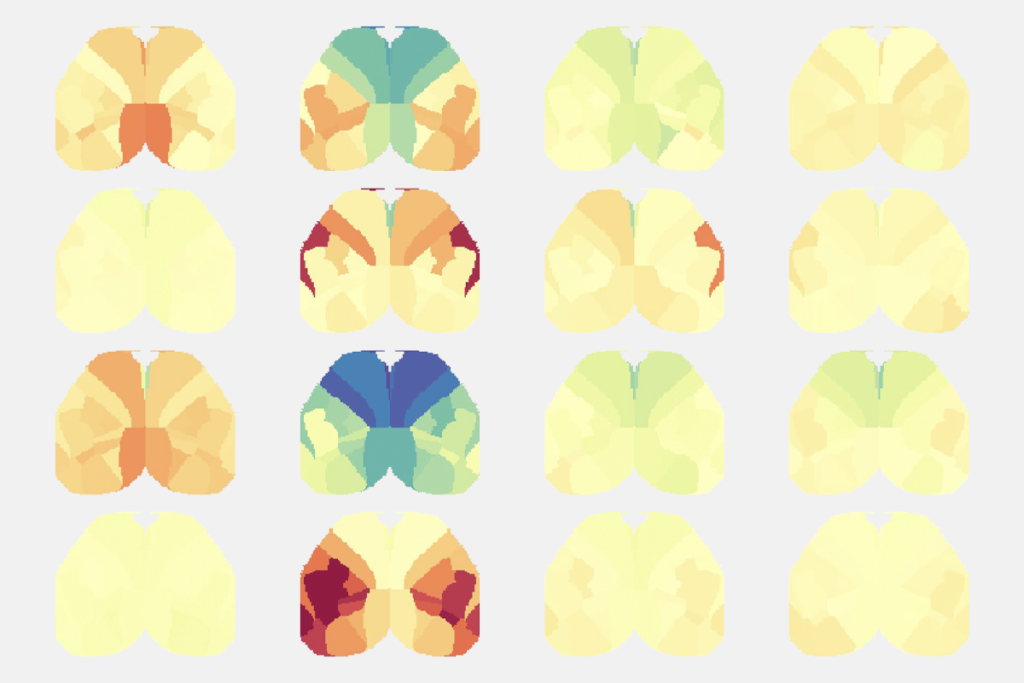Why don’t we know what environmental factors cause autism?
Scientists can rattle off lists of dozens of genes linked to autism, but there’s much less agreement about which elements of the environment contribute to the condition — and by how much.
In 2013, data from a massive study of more than 85,000 children in Norway suggested that women who take folic acid supplements early in pregnancy lower their risk of having a child with autism. Last month, an analysis of a similarly designed study of more than 35,000 mothers and babies in Denmark found no link between prenatal vitamins and autism risk, raising doubts about the Norwegian finding. Science is always an iterative process, but in the case of pinpointing risk factors for autism, progress has been remarkably slow and difficult.
In the past decade, dozens of papers have proposed a vast array of factors that potentially contribute to autism: vitamins such as folic acid, maternal depression and antidepressant use, premature birth, Cesarean birth, advanced paternal and maternal age, overweight parents and exposure to anything from endocrine-disrupting chemicals to air pollutants and pesticides. Some research even suggests that a younger sibling born either too soon or too long after the first child has a heightened risk of autism.
All of these are considered environmental risk factors, a term scientists use to refer to anything that isn’t the direct result of a DNA sequence. Almost everyone agrees that autism is caused by a combination of genetics and the environment. But while geneticists can comfortably rattle off lists of dozens of autism-linked genes, there’s much less agreement about which environmental factors contribute to the disorder — and by how much.
Research in this area often yields inconsistent results, with risk factors continually being proposed but rarely being definitively confirmed or shot down; only a handful of factors (including maternal infection and parental age) are broadly accepted. Yet identifying environmental risk factors has great potential to make a difference in autism. We already know how to change some elements of a person’s environment, whereas altering a person’s genes is still largely the realm of science fiction.
The reason it has been so difficult to prove what causes autism hinges on the difference between associations and causal relationships: Drawing a direct line between cause and effect in a messy, complex world is inherently challenging. The epidemiological studies that are scientists’ main tool for investigating environmental risk are fairly good at identifying associations between something in the environment and a diagnosis, in this case autism. But those statistical relationships cannot by themselves prove that one thing causes another. “The problem with epidemiology and observational science is that it’s hard to ever completely know you’ve got causality,” says Marc Weisskopf, associate professor of environmental and occupational epidemiology at the Harvard School of Public Health.
This problem has plagued science for decades, but researchers are developing methods that hold promise to solve these problems — and perhaps even help them point the causal arrow in the right direction.
Haze of history:
Autism genetics has been a hot area of research since the 1970s, when twin studies suggested that the disorder is highly heritable. But for a long time, genetic studies failed to find a single obvious cause. Meanwhile, increasing awareness of the environmental component to many conditions pushed the scientific pendulum toward exploring non-genetic causes. The rigorous search for environmental risk factors for autism began roughly a decade ago, meaning that this research is still in its infancy. “People haven’t been looking at environmental factors that long in comparison to genetic factors, so there’s still a ton to be learned,” says Lisa Croen, director of the Autism Research Program at Kaiser Permanente, a nonprofit healthcare system based in California.
Progress has also been hampered by history unique to autism research: the theory, thoroughly discredited by the scientific community, that childhood vaccines cause autism. Bitterness over the way this falsehood has shaped the public view of autism has contributed to scientists’ skepticism about other potential environmental factors, says Irva Hertz-Picciotto, professor of environmental and public health sciences at the University of California, Davis MIND Institute. “I think in the autism field that actually has been a bit of an obstacle because people equate vaccines and environment.”
Epidemiologists are a cautious bunch to begin with. In order to establish a risk factor as causative, epidemiologists typically apply nine criteria, including whether independent datasets agree on the associations, whether epidemiological studies agree with laboratory findings and whether a plausible physiological mechanism for the proposed effect exists. Any one of these criteria is difficult to meet, and satisfying all of them — or at least, enough of them to endorse a causal link — is a high bar to clear.
Nailing down who has been exposed to how much of a particular environmental factor is another distinct challenge. To find genes that contribute to autism, blood samples are all you need. Non-genetic risk factors, by contrast, are difficult to measure. There’s no way to quickly and easily scan someone’s blood for a comprehensive record of past environmental exposures. “Molecular biology technology has not provided that huge boost that it has provided on the genomics side yet,” says Craig Newschaffer, director of the A.J. Drexel Autism Institute at Drexel University in Philadelphia, Pennsylvania.
On top of that, researchers must assess risk factor exposure for not just one person — the child with autism — but for the child’s mother during pregnancy and perhaps even the father. (Certain chemicals affect the packaging of DNA in sperm, which may in turn affect autism risk.)
“Ascertaining exposure is not easy to do,” Croen says. “It’s very difficult; it’s very imprecise.”
Researchers can ask study participants about potential exposures, but people are often unaware of them — for instance, a woman who unknowingly sets her baby down on grass that has just been sprayed with pesticides. Instead, researchers often rely on indirect measurements, like combing through medical records to look for autism diagnoses among children of women prescribed antidepressants during pregnancy. These methods also have their flaws. In this case, for instance, some women may not fill their prescriptions or take the medications regularly.
It’s also difficult to account for all the hidden variables that can distort the relationship between an exposure and an outcome. For example, children born prematurely are at an increased risk of autism. But this could be because low birth weight is a risk factor for autism and premature children are underweight at birth, or because complications such as bleeding in the brain occur more frequently in premature babies, rather than a result of the shortened gestation period itself.
In the case of autism, the lag time between a possible exposure and diagnosis makes the situation even more complex. Scientists must reconstruct what risk factors the children may have been exposed to in utero or during infancy, but parents’ memories of those times are often a blur. Sometimes, memory is biased in the other direction: Parents may vividly remember every tiny event that they think might explain their child’s autism.
The alternative research approach would be to measure everything a group of pregnant women (and later their infants) are exposed to, following them over years to see which children are diagnosed with autism. But because autism is relatively rare, this approach requires enormous and expensive studies to yield significant results. One of the few studies of this type, a collaboration of the Norwegian Institute of Public Health and Columbia University, has enrolled tens of thousands of pregnant women and has identified only a few hundreds of children with autism so far. The upshot is that studies that can say something authoritative about environmental risk factors for autism “are labor intensive, they’re dollar intensive,” says Newschaffer. “And so it’s harder to get them off the ground.”
”“The problem with epidemiology and observational science is that it’s hard to ever completely know you’ve got causality.” — Harvard University epidemiologist Marc Weisskopf.
Infectious idea:
Due to these obstacles, the list of environmental risk factors that autism researchers generally agree upon is short. One of the best known and most widely accepted is maternal infection during pregnancy.
In the 1960s, doctors documented a dramatic increase in autism rates among children born to women who contracted rubella while pregnant. That was an early clue. Then in the 1980s, scientists began to investigate links between maternal infection and schizophrenia, first by using the timing of influenza epidemics to estimate exposure to illness, and later with more rigorous studies. “A lot of the work implicating the immune system in autism is directly paralleled or predated by work in schizophrenia,” says Brian Lee, assistant professor of epidemiology and biostatistics at Drexel University, who has worked on some of the most definitive epidemiological studies demonstrating the autism-maternal-infection link. Autism and schizophrenia are similar in some ways, so the idea that a mother’s infection might cause autism in her child didn’t require much of a leap.
But for decades this remained just a theory. The findings that convinced most autism researchers of a causal relationship came from unusually robust epidemiological data, and from studies that demonstrated the biological mechanisms underpinning the effect. In the epidemiological realm, for example, one of Lee’s large studies used data from the Swedish medical system to show that being hospitalized for an infection during pregnancy increases a woman’s risk of having a child with autism by 37 percent. Medical records are better than imperfect human memories at recalling the timing and severity of illness. These records also included the children’s autism diagnoses, increasing confidence that the outcome being measured was real.
Meanwhile, a different type of evidence pointed in the same direction. Some teams documented altered levels of immune molecules in pregnant women whose children would later be diagnosed with autism, as well as abnormal patterns of immune markers in the children themselves. Numerous animal model studies have also shown that pregnant rats or mice exposed to pathogens or molecules that mimic infection give birth to pups that show brain and behavioral abnormalities reminiscent of those seen in autism.
“It’s a coherent message from the epidemiological, human studies and the animal studies or the cellular studies,” Lee says. “It’s not just one study here or there.”
The finer details are still being sorted out. Some studies implicate viral infections, whereas others point to bacterial infections, for instance. And there are different answers as to when a developing fetus is most vulnerable to these effects. But the consensus is that the effect is real.
Air apparent:
Chronicling the maternal-infection story has not been easy. And for many other risk factors, reliable supporting evidence has been even more difficult to come by. Many scientists who have investigated air pollution, for example, are convinced it contributes to autism, but so far, none have been able to prove it.
Governments typically track pollutant levels and make the data freely available, so “people don’t have to go out and collect data on air pollution themselves to study it,” says Hertz-Picciotto. Her team has analyzed air pollution and autism risk as part of the Childhood Autism Risks from Genetics and the Environment (CHARGE) study, a long-term, comprehensive study of autism risk factors in preschool-age children born in California.
More than a half-dozen studies, relying primarily on U.S. data, have found that exposure to air pollution in utero or during the first years of life raises a child’s risk for autism, says Amy Kalkbrenner, assistant professor of environmental health sciences at the University of Wisconsin-Milwaukee. Kalkbrenner has documented associations between air pollution and autism risk in North Carolina and West Virginia. Other researchers have found similar patterns in western Pennsylvania and among a nationwide cohort of 116,000 women participating in the Nurses’ Health Study II. “This level of consistency is unusual in the field,” Kalkbrenner says. “To see it in a different geographical area that has different seasonal patterns, different air pollution mixtures, lends more robustness to the findings overall.”
The timing of exposure offers a plausible biological rationale. Two separate studies published earlier this year found that exposure to air pollution during the third trimester of pregnancy particularly heightens autism risk. Those months are crucial for the brain development that is thought to go awry in autism. “That kind of specificity greatly strengthens the argument for causality, that we’re really looking at something biological,” says Weisskopf, who led one of the studies based on Nurses’ Health Study II data.
However, not all studies have found this connection. An analysis of four large studies of child development in Europe, published in June, found no association between a mother’s air pollution exposure during pregnancy and her child’s level of autism-related traits.
“We have seen a lot [of results] in the States, but I would like to see this in other regions in the world,” says lead investigator Monica Guxens, assistant research professor at the Centre for Research in Environmental Epidemiology in Barcelona, Spain.
This analysis shows just how difficult it can be to compare data across studies, says Croen. It’s possible that air pollution is related to an autism diagnosis, the outcome measure in most U.S. studies, but to not to autism traits, measured in the European analysis. If only some components of air pollution increase risk, studies that measure different chemicals may also yield discordant results.
Before researchers can conclude that air pollution causes autism, they may need new kinds of evidence, such as better and more personalized measures of air pollution exposure. “In general, this question on when to declare causality established is very interesting and perplexing,” says Kalkbrenner. So far, studies have estimated exposure to air pollutants by cross-referencing a person’s home address with data from nearby government monitoring stations. But the approach is imperfect. A person might live in an area with high levels of air pollution and work in a low-level one, or vice versa. Designing studies in which pregnant women wear personal air-quality monitors, or identifying biomarkers in the blood that accurately reflect a person’s actual exposure to air pollution, could supply this piece of the puzzle.
Finding new sources or types of epidemiological data could also help. “I would love to see what is going on with children’s neurodevelopment in areas with really high pollutant levels, like China,” Kalkbrenner says. “It would also be nice to have access to data on ‘natural experiments’ where air pollutants changed dramatically over time.”
Researchers also need a better understanding of the precise toxic component in air that contributes to developmental problems. Many studies implicate fine particulate matter that is less than 2.5 microns in diameter, but this category includes hundreds of toxic chemicals. “We’ve had this pattern of positive findings, but there hasn’t been exact overlap of what aspect of air pollution exposure has been linked with autism risk,” says Newschaffer. “The lack of consistency there is still somewhat vexing.”
Finally, scientists will need to establish the mechanism by which any toxic component affects the brain and causes autism. Many scientists suspect inflammation or other immune-related pathways are involved. “A lot of those same markers that we see altered in kids with autism are what we also see turned on by air pollution exposure,” says Heather Volk, assistant professor of mental health at the Johns Hopkins Bloomberg School of Public Health in Baltimore, Maryland. But so far, few animal or other laboratory studies have dug into the details of these mechanisms.
Without robust evidence from multiple types of studies, the link between air pollution and autism remains troubled — and troubling. On the one hand, air pollution is so widespread that if it is a true risk factor, it is probably contributing to autism in large numbers of children. On the other hand, it’s easy to show associations between air pollution and many conditions, and the connection to autism specifically might be a spurious one. “It’s certainly plausible, it fits with the literature for example regarding inflammation, all these little pieces are there,” says Lee. “But fitting them together to come up with the statement that air pollution is a causal risk factor for autism? I think we’re still a ways away from being able to say that.”
Chemical soup:
One strategy to establish convincing links between environmental risk factors and autism is to track children from a very early age, before autism is even suspected. The Early Autism Risk Longitudinal Investigation study, launched in 2009, enrolls pregnant women who already have one child diagnosed with autism, and so are at high risk of having another child with the condition. Because of this, the study can be relatively small (it aims to recruit 1,200 women) but still generate significant results. And because researchers follow women from pregnancy onward, they can record information about environmental exposures as they occur, even before an autism diagnosis is made, to avoid the pitfalls of selective recall.
Another strategy is to get better at measuring environmental exposures. One emerging technique enlists an unlikely ally: the Tooth Fairy. Beginning in the second trimester of fetal development, baby teeth grow in concentric layers, much like tree rings. The teeth that fall out when a child is 5 or 6 years old include a finely detailed temporal record of the chemicals the child was exposed to even before birth. “Here we have a tool that can actually directly sample fetal exposure,” says Manish Arora, associate professor of preventive medicine and dentistry at the Icahn School of Medicine at Mount Sinai in New York. Researchers could use the shed baby teeth of children who have been diagnosed with autism to accurately reconstruct environmental exposures from years earlier. “At the time of diagnosis, we have a way of traveling back in time,” Arora says.
During the past decade, Arora has validated the use of baby teeth as proxies of chemical exposures to study brain disorders of both childhood and aging. He’s working with several groups of autism researchers in the U.S. and Europe to evaluate candidate risk factors, including pesticides and heavy metal exposure.
With the growing recognition that autism is the outcome of an interplay between genes and environment, many researchers agree that the way to get real answers is to analyze this relationship. These projects are difficult to conduct, requiring extensive information about both genetics and environmental exposures for the same subset of people.
A few studies have made forays in this direction. One analysis of CHARGE study data found that children who breathe highly polluted air and have a variant of a gene called MET have a higher risk of developing autism than those with either the gene variant or air pollution exposure alone. Another study showed that children with autism who have DNA duplications or deletions associated with autism and were born to women who had an infection during pregnancy have more severe symptoms than those who have only one of these risk factors.
Several teams are working on additional analyses along these lines. Ongoing epidemiology studies are also doubling back to collect and analyze DNA from their study participants to explore the two types of risk factors together. And researchers are applying environmental exposure analysis, such as with air pollution data, to ongoing studies of autism genetics. “I think there are a lot of things that can be done if we are clever with existing cohorts,” Volk says.
Eventually, the interweaving of genetic and environmental risk factor studies may lead to new hypotheses and clearer answers. By the same token, identifying environmental risk factors and the mechanisms by which they do damage could help scientists identify new candidate genes for autism. “It’s really a false dichotomy,” between genes and environment, Lee says.
As if capturing the interplay between genetics and environment weren’t a sufficiently enormous task, researchers recognize that because of the synergistic nature of exposures in the real world, they may need to analyze multiple environmental factors at once. “We’re not just exposed to one chemical at a time,” says Joseph Braun, assistant professor of epidemiology at Brown University in Providence, Rhode Island. “We’re all living in this chemical soup on a daily basis.”
Scientists call this chemical soup — which also includes the body’s own hormones, signaling molecules made by the immune system, vitamins and other dietary factors — the ‘exposome.’ A particularly ambitious effort to tackle the exposome in relation to autism is underway in the Netherlands, where researchers are conducting the first comprehensive environment-wide association study in autism.
Based mostly on data already from the Generation R study, which tracks the development of nearly 10,000 children born in the Rotterdam area between 2002 and 2006, the researchers are probing associations between autism-related characteristics and dozens of non-genetic factors, including maternal and paternal age, birth complications, diet and exposure to environmental toxins. They also plan to fold in genetic analysis, says team member Tonya White, a developmental neuroscientist at Erasmus University in Rotterdam. The group also plans to analyze relationships between symptoms and environmental factors in the 86 children in the study who have been diagnosed with autism.
The researchers are using techniques that have helped other teams suss out environmental risk factors for conditions such as diabetes and metabolic syndrome, White says. But when it comes to autism, this kind of study represents entirely new territory. “We’re exploring the bottom of the ocean here,” she says. Rather than trying to simplify the complex landscape of risk, this effort and others like it aim to map out the whole terrain — a project that may give scientists that long-sought compass pointing the way from cause to effect.
Syndication
This article was republished in Slate.
Recommended reading

Ramping up cortical activity in early life sparks autism-like behaviors in mice
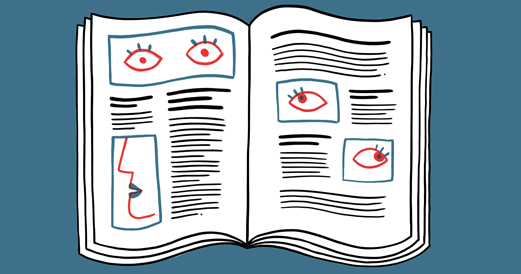
New method identifies two-hit genetic variation in autism; and more
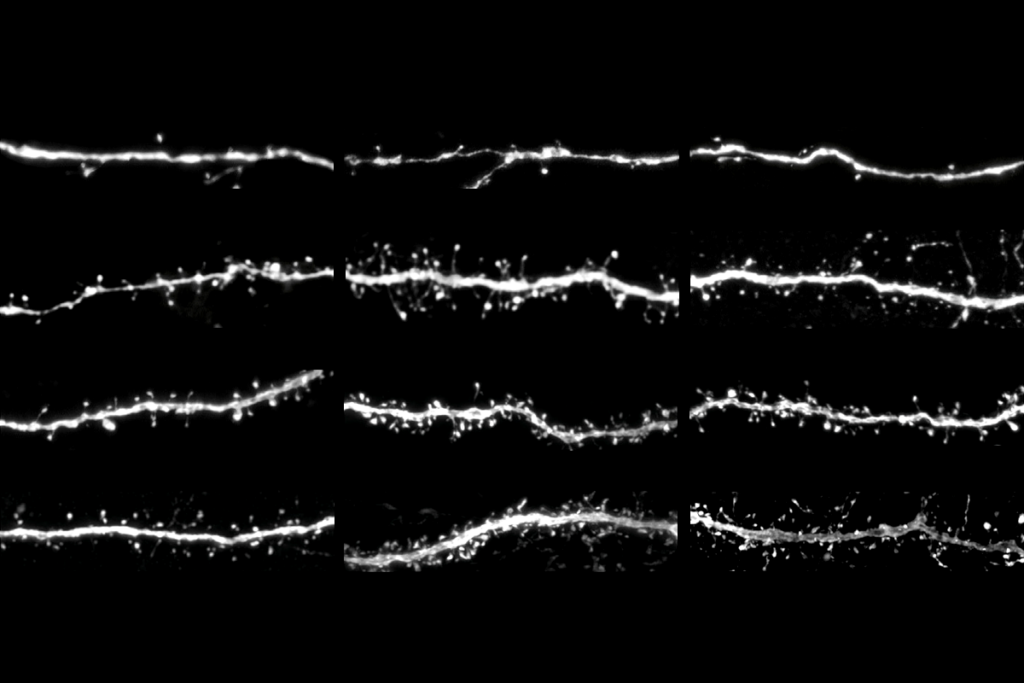
Protein tug-of-war controls pace of synaptic development, sets human brains apart
Explore more from The Transmitter
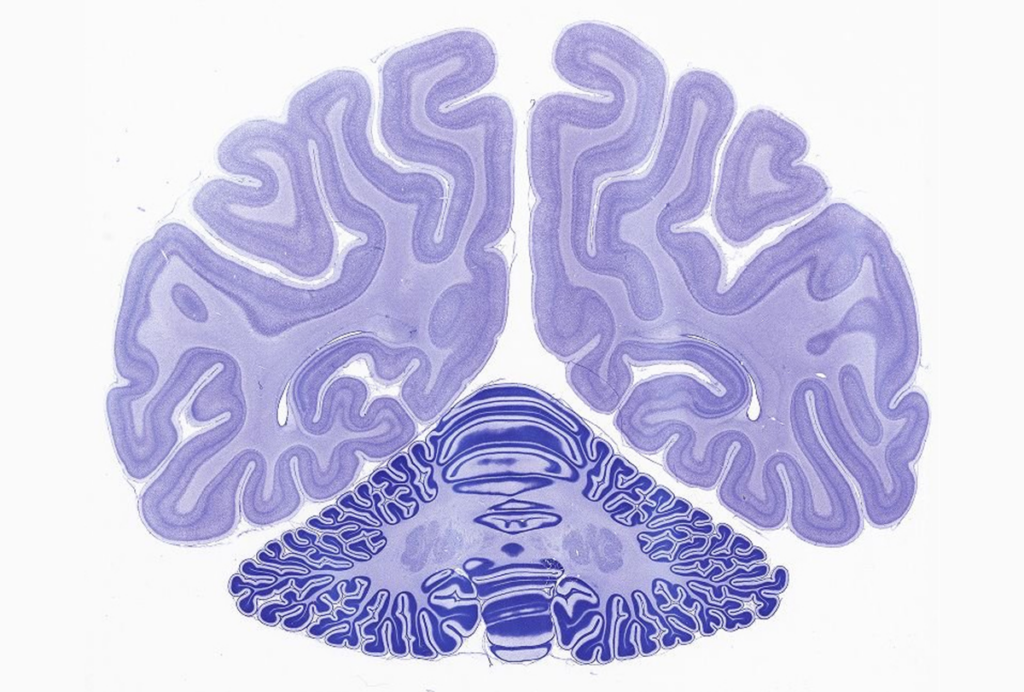
Nonhuman primate research to lose federal funding at major European facility
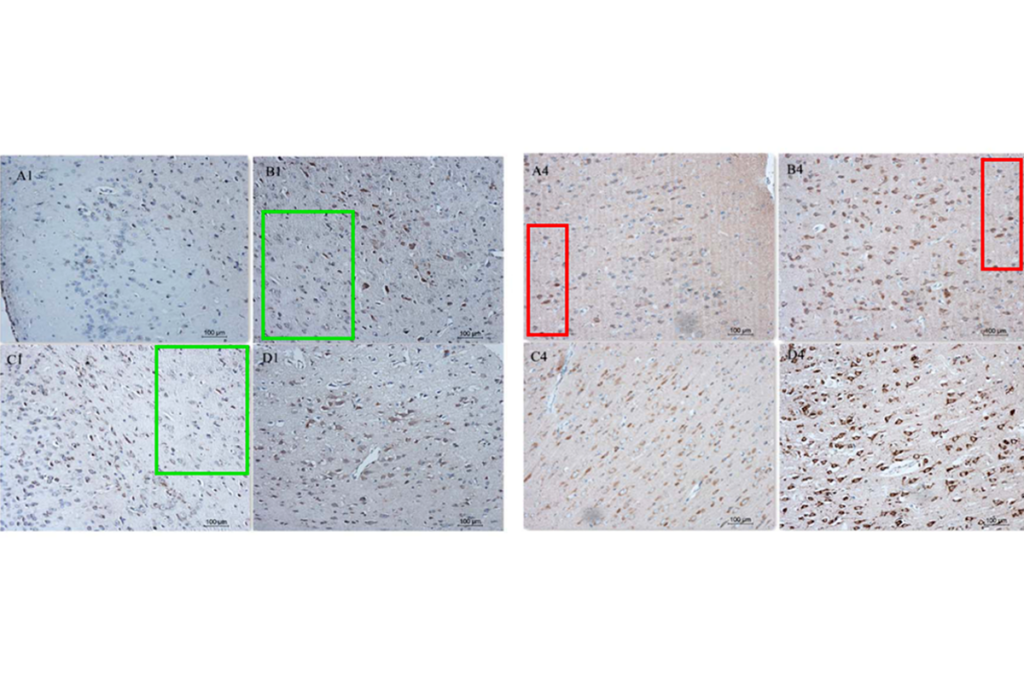
Image integrity issues create new headache for subarachnoid hemorrhage research
